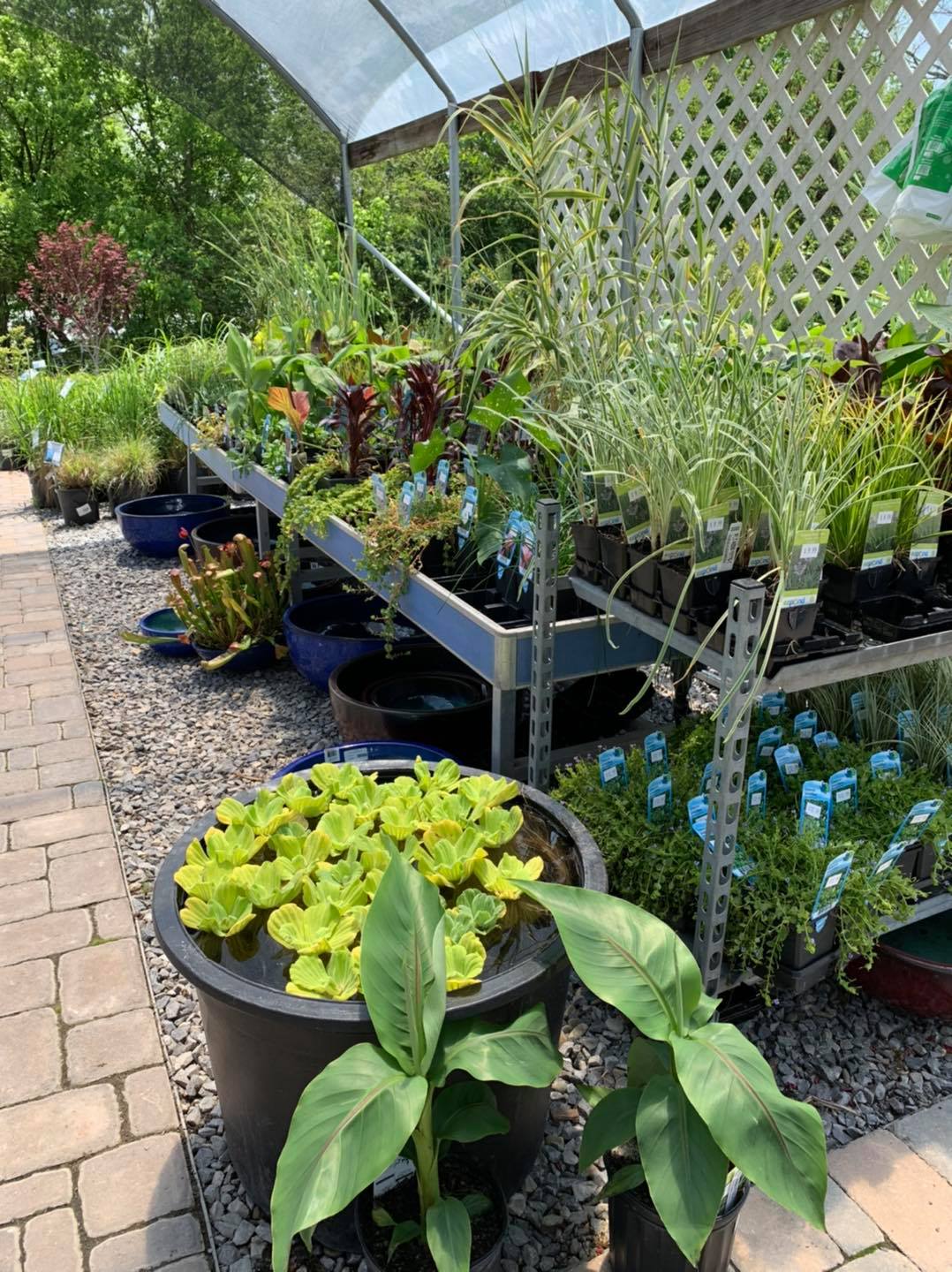Growing Fall Crops
Extend your growing season! Plant fall crops!
Some vegetables just don’t like the summer heat and put on their best show after the first frost. Brussels sprouts, cabbage, cauliflower, kale, broccoli, kohlrabi, rutabagas, turnips and carrots are all what we call cold crops. These vegetables can also be planted in early spring but, it’s the colder fall and winter temperatures that mellow their tendency to bitterness, and turn them sweet. Cold crops are also very low maintenance plants. As long as they have the healthy soil and nutrients they need, they are not very fussy. There’s no pruning, staking or trellising involved. Additionally, some vegetables we consider to be heat lovers will happily give a fall harvest if planted early enough. These are shorter season, quick growing vegetables such as cucumbers, beans, squash and most greens.
As the temperatures skyrocket in July and August, this is the time to get going. If you’re starting from seed, some will need to be started indoors and others will need to be sowed directly. The heat and drought in July and August are not friends of the germination process for cold crops, so let’s take a look at each vegetable and their sowing and planting times here in Tennessee.
| Vegetable Name | Start indoors | Direct Sowing | Planting Date |
| Broccoli | July 29th | August 19th | |
| Cauliflower | July 29th | August 19th | |
| Brussel Sprouts | July 29th | August 19th | |
| Kohlrabi | July 29th | August 19th | |
| Cabbage | July 29th | August 19th | |
| Kale | July 29th | August 19th | |
| Celery | July 29th | August 19th | |
| Collards | July 29th | August 19th | |
| Mustards | July 29th | August 19th | |
| Greens (lettuce, spinach etc) | July 29th with consecutive sowings every 2 weeks | ||
| Beans Squash/Cucumber | July 29th | ||
| Scallions/leeks | |||
| Root Vegetables | August 5th |
Now that we have that under our belt, let’s talk about the best way to care for cold crops as they get started in the heat.
First, if you are moving seedlings from indoors be sure to harden them off before putting them into the garden. Young plants need time to adjust to the heat and sun. Move them outdoors into an area where there is a bit of dappled light and every day or so move them to receive more sunlight.
Once they are planted they will need water (lots of it), mulch and even a little shade which will be their best friend. Directly sown seeds as well as tender seedlings will need to be kept continuously moist until they germinate so, a soaker hose is brilliant for this purpose. Flanking the sides of your seed rows with mulch such as newspaper, dried leaves or grass clippings is also another way to shade the ground keeping it cooler, and also retain moisture. Another option is a shade cloth. Greens such as lettuce and spinach will also appreciate the shade as their tender leaves start to grow.
By the time the first real frost hits around the end of October your greens, squashes and cucumbers have probably seen their last harvest but your true cold crops should still be going strong. Now it’s time to keep an eye on the weather.
Fall gardens in Tennessee can actually extend through the winter if Mother Nature cooperates. If she doesn’t, then we do our best to work around her. Again, using mulch around your crops not only cools the soil in the summer, it also helps retain the heat from the sun, keeping the soil warm in the winter.
Frost cloth is another option. Just like its summer counterpart, the row cover, frost cloth is also a shield that can offer up to 10 degrees of extra protection to your plants. If temperatures are going to drop into the 20’s frost cloth is the best solution to guard against damage for those crops grown above ground. Root crops on the other hand will weather these low temperatures just fine and actually benefit from them as their sugars grow more intense the colder it gets.
So now that you know the basics of growing these easy to care for crops why not give them a try!

